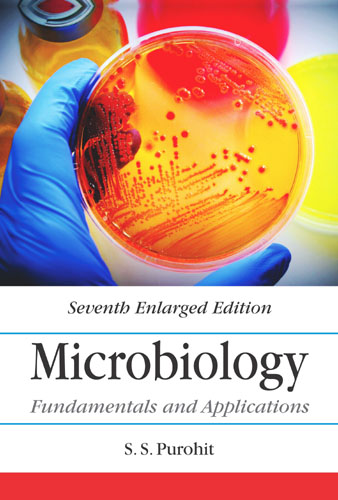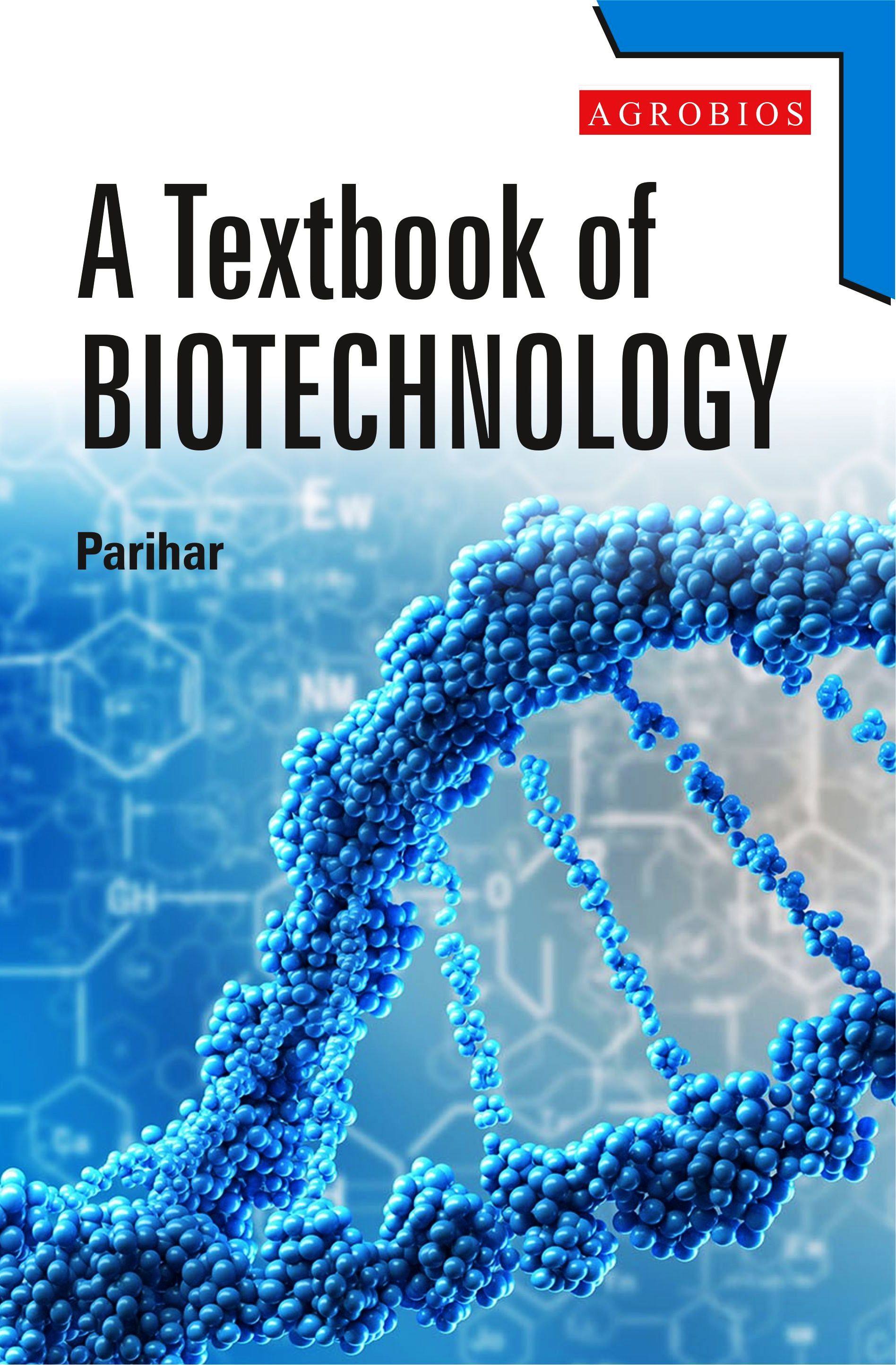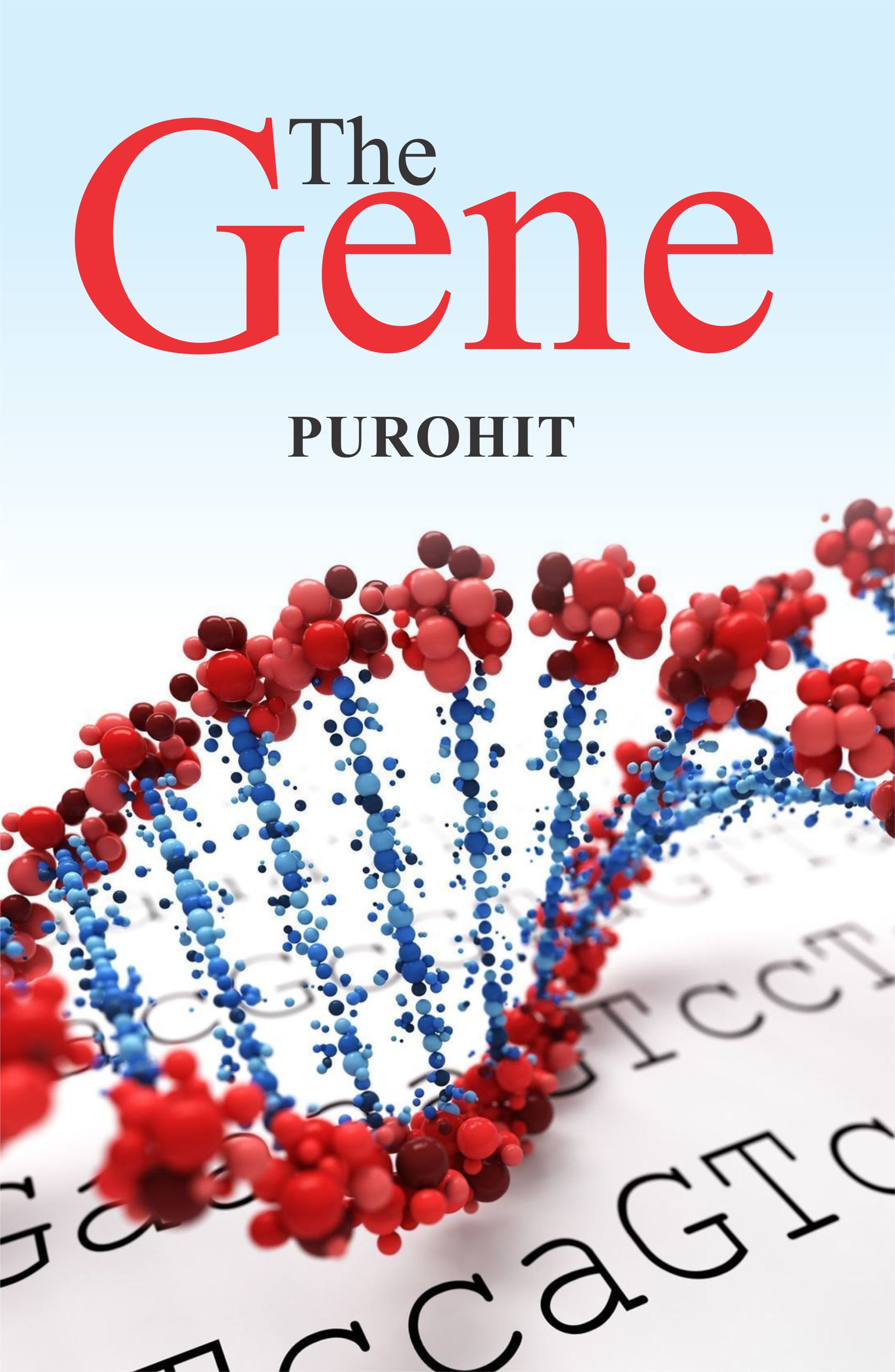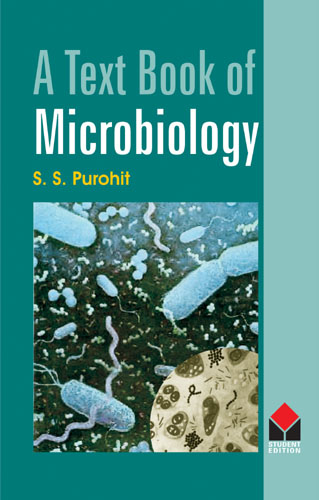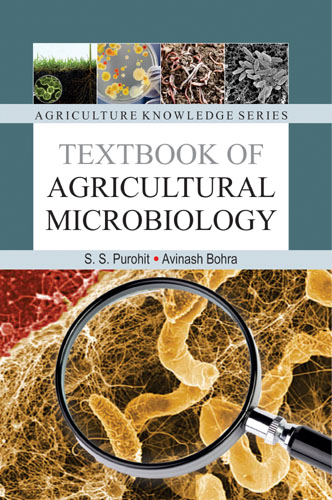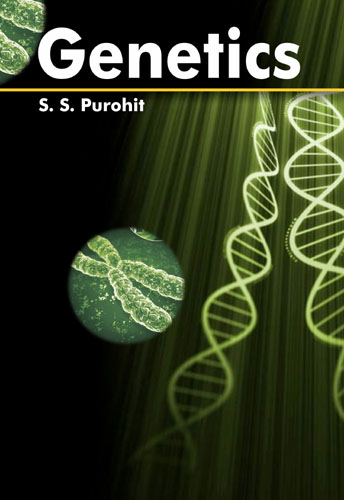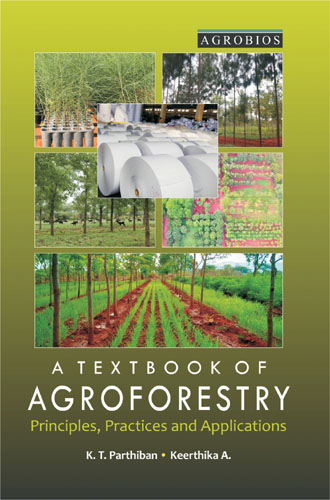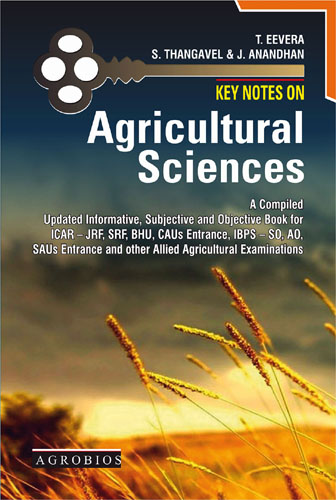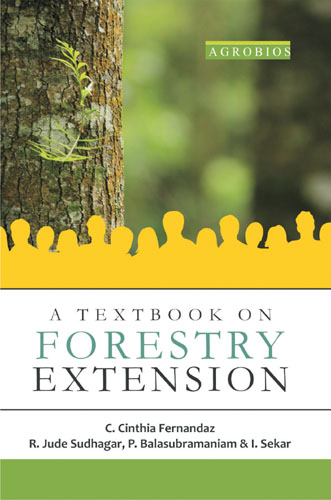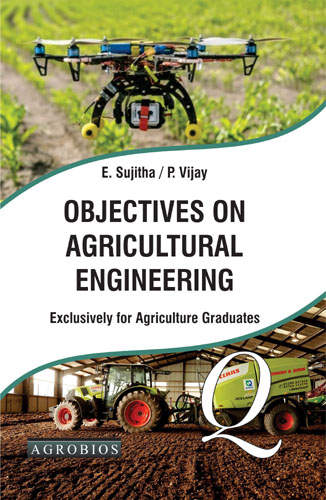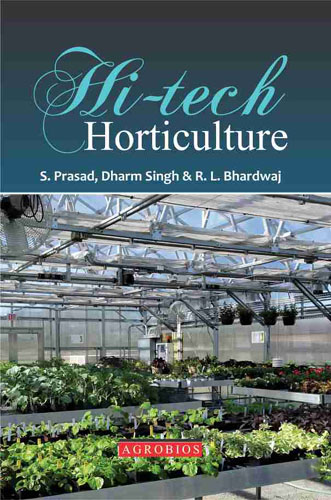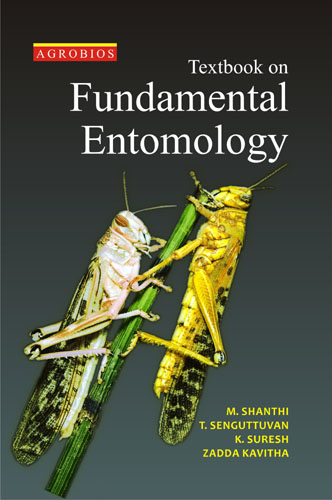Microbiology Fundamentals And Applications (7th Ed.) (pb)
Microbes are the part of our lives in more ways than most understand. Microbe is a term for tiny creatures that individually are too small to be seen with the unaided eye. Microbes include bacteria, archaea, fungi and protists. Archaea are bacteria-like creatures that have some traits not found in any true bacteria. Protists include primitive algae, amoebas, slime molds and protozoa. Viruses are also major type of microbe, though there is a debate as to whether viruses can be considered living creatures or not.
Microbiology is the branch of biology that deals mainly with the study of microscopic organisms (Microbes). It is one of the most applied of all the biological sciences. Although microbiology did not exit as a true science before the latter part of 19th century, humans have undoubtedly been petitioners of microbiology since prehistoric times. Knowledge gained in this field has lad to the development of many concepts, which in turn resulted in action. The science of microbiology is subdivided into a number of diverse fields: Bacteriology is the study of the bacteria, Virology the study of viruses Protozoology the study of protozoans, Phycology the study of algae, and Mycology is the study of fungi. These fields centre around the kinds of organisms under study.
Other fields of microbiology centre around where the microbes grow and have the most significant effects like medical microbiology, food microbiology, agriculture (including biofertilizers, biopesticides, etc.), waste treatment, industrial microbiology (fermentation technology, bioprocessing), etc. Advances in microbiology helped in understanding various aspects of microbes specially medical microbiology - (immunology, seriology, antibiotics development, vaccines, gene therapy) and genetic engineering Scientific development in microbiology has played an important role in the process of enrichment of developed countries. Any country seeking to develop its economy has to give significant priority to ranches of microbiology.
Biotechnology is defined as the applications of scientific and engineering principles to the processing of material by biological agents to provide goods and services. Recently a new branch microbial biotechnology has been developed. The microbes are applied at industrial level, they constitute bio- industry which include, on the one hand, industrial activities where biotechnologies can replace technologies normally or currently in use and, on the other hand, industrial activities where microbial biotechnologies play an important driving role. There are several areas in which these technologies are being used. The important are chemical industry, food industry (mass production of yeast, algae and bacteria a view of providing proteins, amino acids, vitamins, and use of enzymes), agricultural productivity, pharmaceutical industry, environmental protection and abatement of pollution, etc. The important branch of microbial biotechnology is microbial genetic engineering.
The text-cum-reference book to meet precisely the felt need is an outcome of authors active r.t in teaching, research in the field of microbiology for over thirty years. I believe that this book will be very useful to the undergraduate and postgraduate students in microbiology, teachers in academic and technical institutions and those who are interested in the subject. The book is divided into forty seven chapters and covers comprehensively the content of all courses in microbiology for undergraduate and post graduate students of Universities in the country. The chapters have been arranged in such a manner as to lead the students through the entire gamut of microbiology.
There is always ample scope for improvement and the same is wide enough for all to give valuable suggestion and critical analysis for the improvement in the style and content of the book in next edition.
Dr. Purohit SS
 555
555
Table of Contents..
- Microbiology: Introduction and History
- Origin, Evolution and Biodiversity in Microorganisms
- Procaryotes: General Account
- Taxonomy of Microorganisms
- Nature, Classification, Morphology and Synthesis of Viruses
- Bacteriophages
- Viruses of Eucaryotes
- Subcellular Life Forms: Prions, Viroids, Virusoids and Satellites
- Mycoplasmas, Phytoplasmas and Mycoplasmas Viruses
- Mycobacteria, Myxobacteria, Rickettsiae, Chlamydiae and Nanobacteria
- Bacteria: Classification, Nomenclature and Identification
- Bacteria: Eubacteria
- The Bacteria: Archaeobacteria, Actinomycetes, Actinoplanetes and Maduromycetes
- Cyabobacteria
- Eucaryota: Alagae
- Eucaryota: Fungi
- Eucaryota: Lichens
- Protozoa
- Growth and Differentiation, Nutrition, Respiration and Photosynthesis of Microorganisms
- Genetics of Microorganisms
- Concepts, Perspectives and Techniques of Microbial Genetic and Protein Engineering
- Mutations in Microorganisms
- Methods of Sterilization and Disinfestation
- Environmental Microbiology
- Soil Microbiology: Geochemical Cycles
- Microbiology of Air
- Microbiology of Water
- Microbiology of Foods
- Microbiology of Dairy and Dairy Products
- Microorganisms and Diseases in Man: Basic Concepts
- Human Pathogenic Viruses
- Human Pathogenic Bacteria
- Human Pathogenic Protozoa
- Microorganisms and Plant Diseases
- Plant Pathogenic Viruses
- Plant Diseases Caused By Bacteria and Phytoplasma
- Plant Pathogenic Fungi
- Immunology and Serology
- Animal Vaccine: Development and Production
- Antimicrobial Drugs and Sensitivity Tests
- Microbes in Economic Use
- Industrial Enzymes, Fermentation Technology and Industrial Products
- Microbial Biopesticides, Biofungicied, Herbicides and Agricultural Antibiotics
- Microbial Biological Fertilizers
- Microscopy
- Preparation and Inoculation of Culture Media
- Practical Microbiology
- Experiments
Book Details
Book Title:
Microbiology Fundamentals And Applications (7th Ed.) (pb)
Microbiology Fundamentals And Applications (7th Ed.) (pb)
Book Type:
TEXTBOOK
TEXTBOOK
No Of Pages:
1060
1060
Color Pages :
0
0
Color Pages :
0
0
Book Size:
AMERICAN ROYAL (6X9)
AMERICAN ROYAL (6X9)
Weight:
1550 Gms
1550 Gms
Copyright Holder:
All Rights Reserved
All Rights Reserved
Imprint:
M/s AGROBIOS (INDIA)
M/s AGROBIOS (INDIA)
Readership:
PG STUDENTS | UG STUDENTS |
PG STUDENTS | UG STUDENTS |
Associated Subjects:
Agricultural Sciences , Life Sciences , Pharmacy , Veterinary And Animal Sciences ,
Agricultural Sciences , Life Sciences , Pharmacy , Veterinary And Animal Sciences ,



